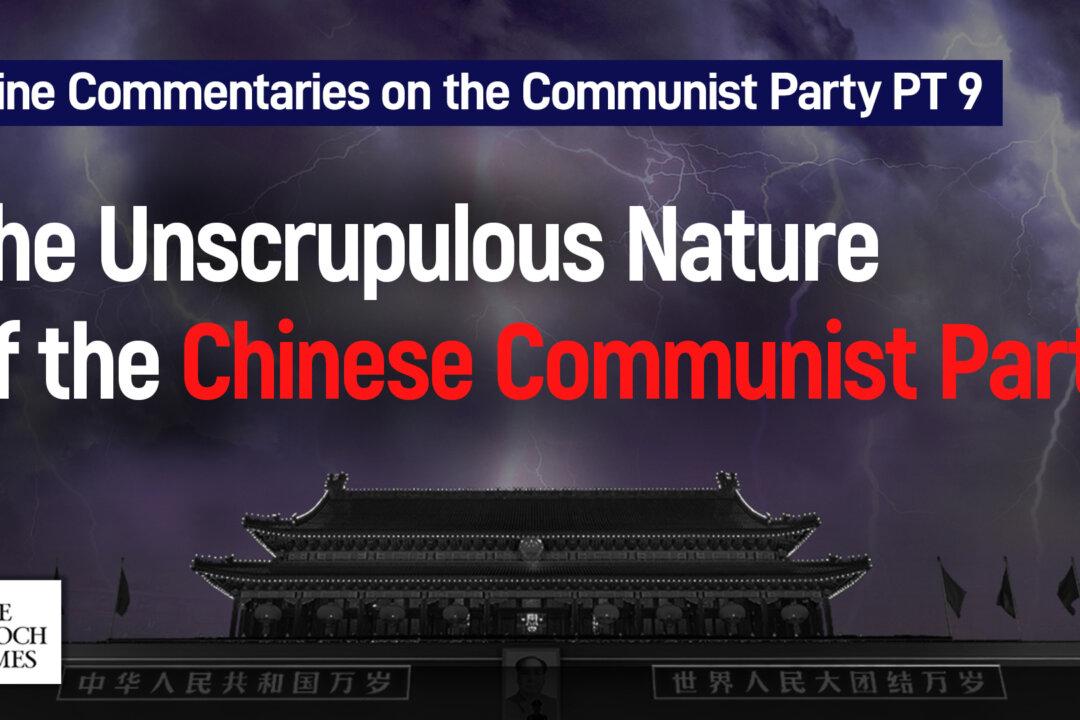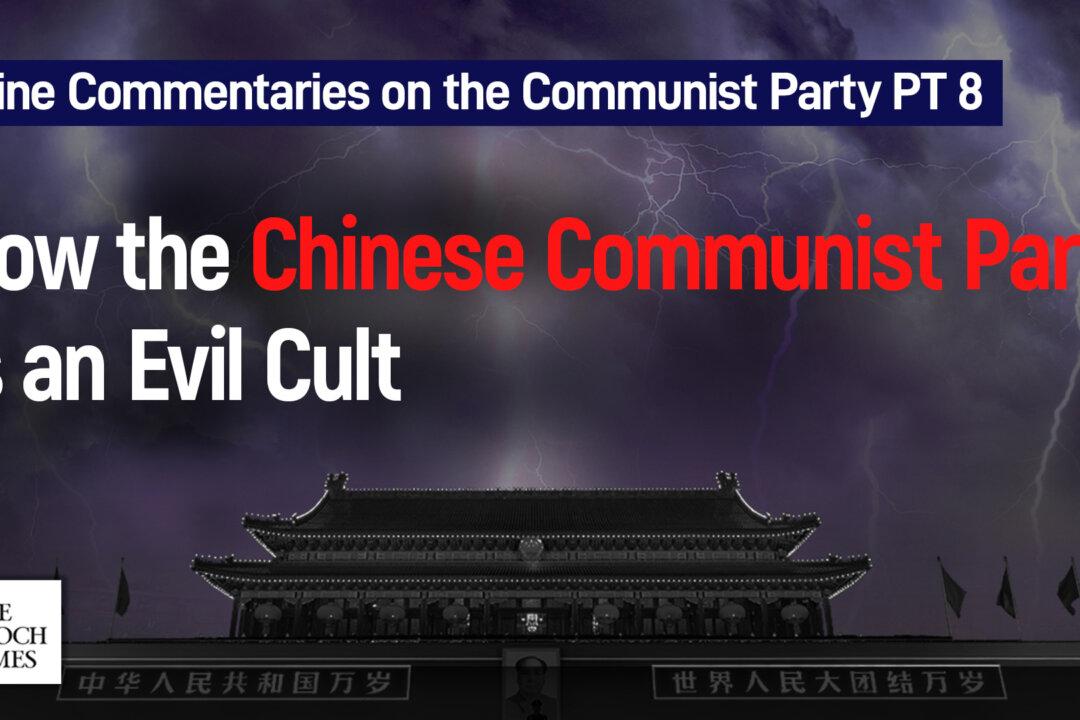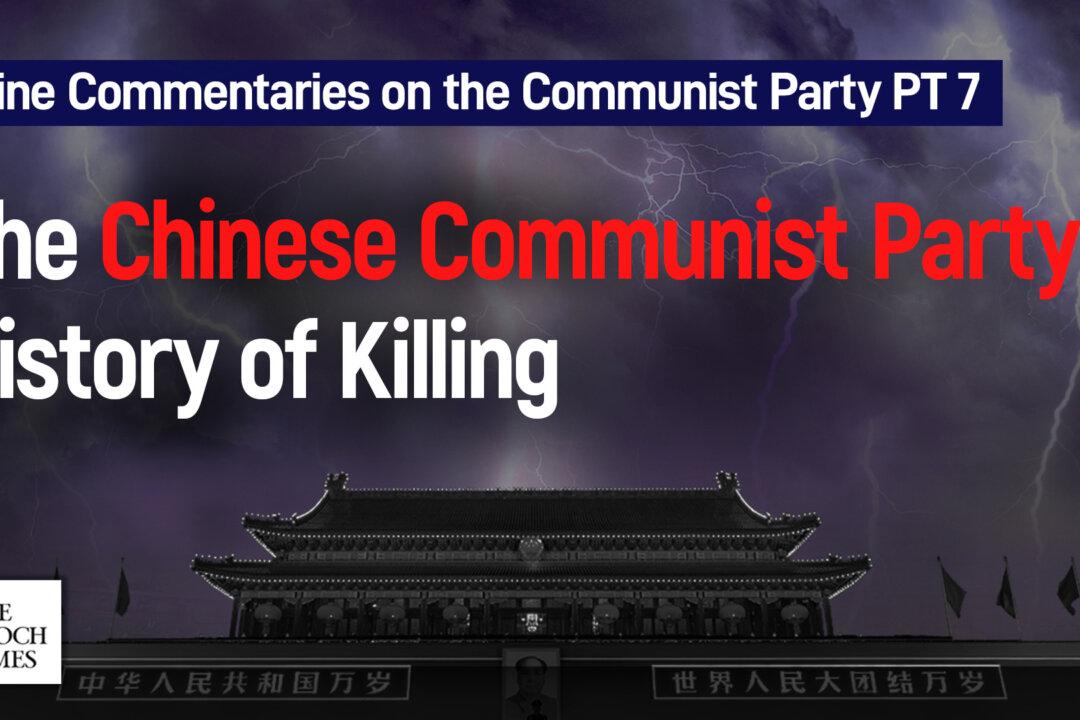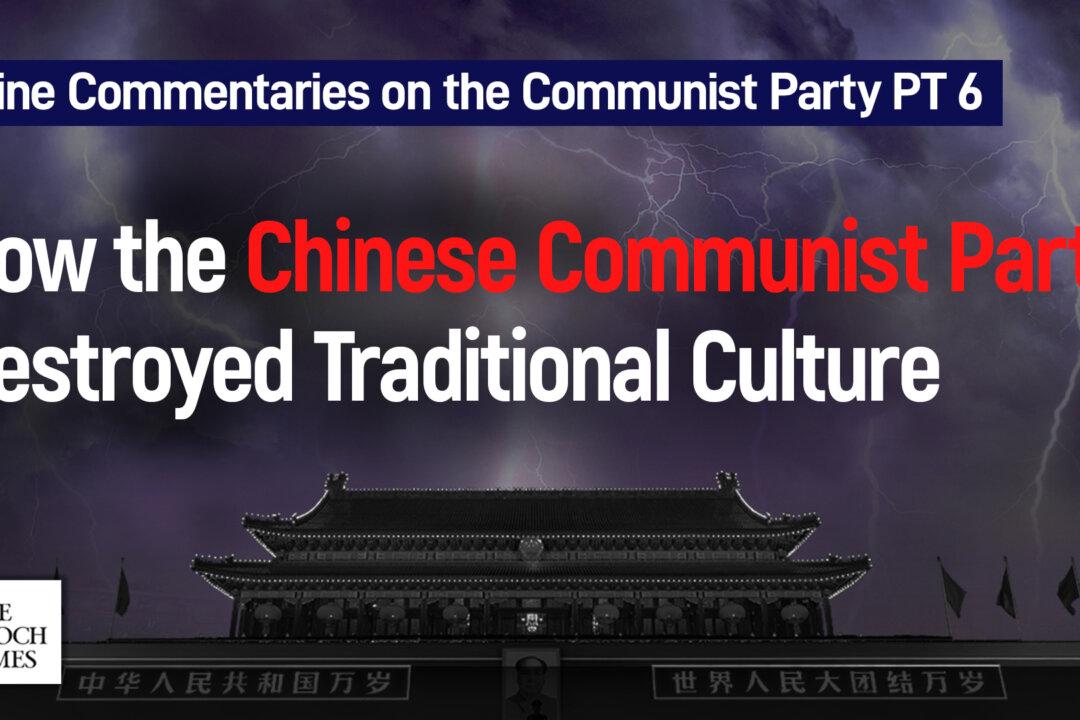The Epoch Times is serializing an adaptation from the Chinese of a new book, How the Specter of Communism Is Ruling Our World, by the editorial team of the Nine Commentaries on the Communist Party.
Table of Contents
Introduction1. The Rise of Totalitarian Communism
a. The Soviet Communists’ Rise to Power b. The Chinese Communist Party’s Power Grab
2. The Brutality of Communist Rulea. Soviet Communist Atrocities b. The CCP’s Deadly Campaigns
3. A Century of Killing



